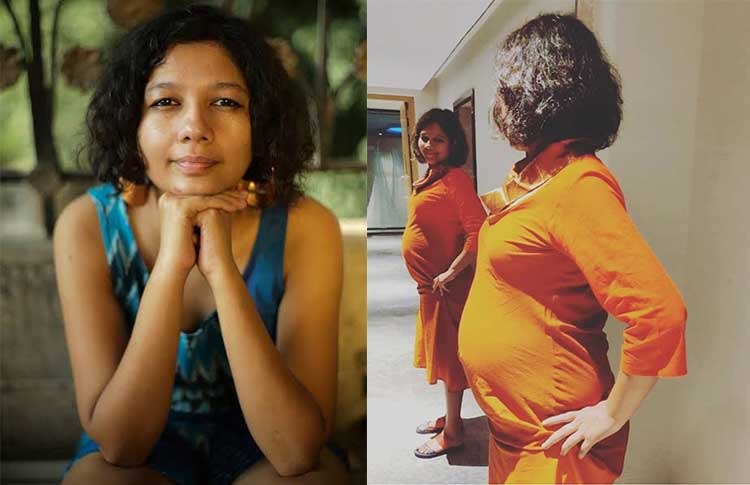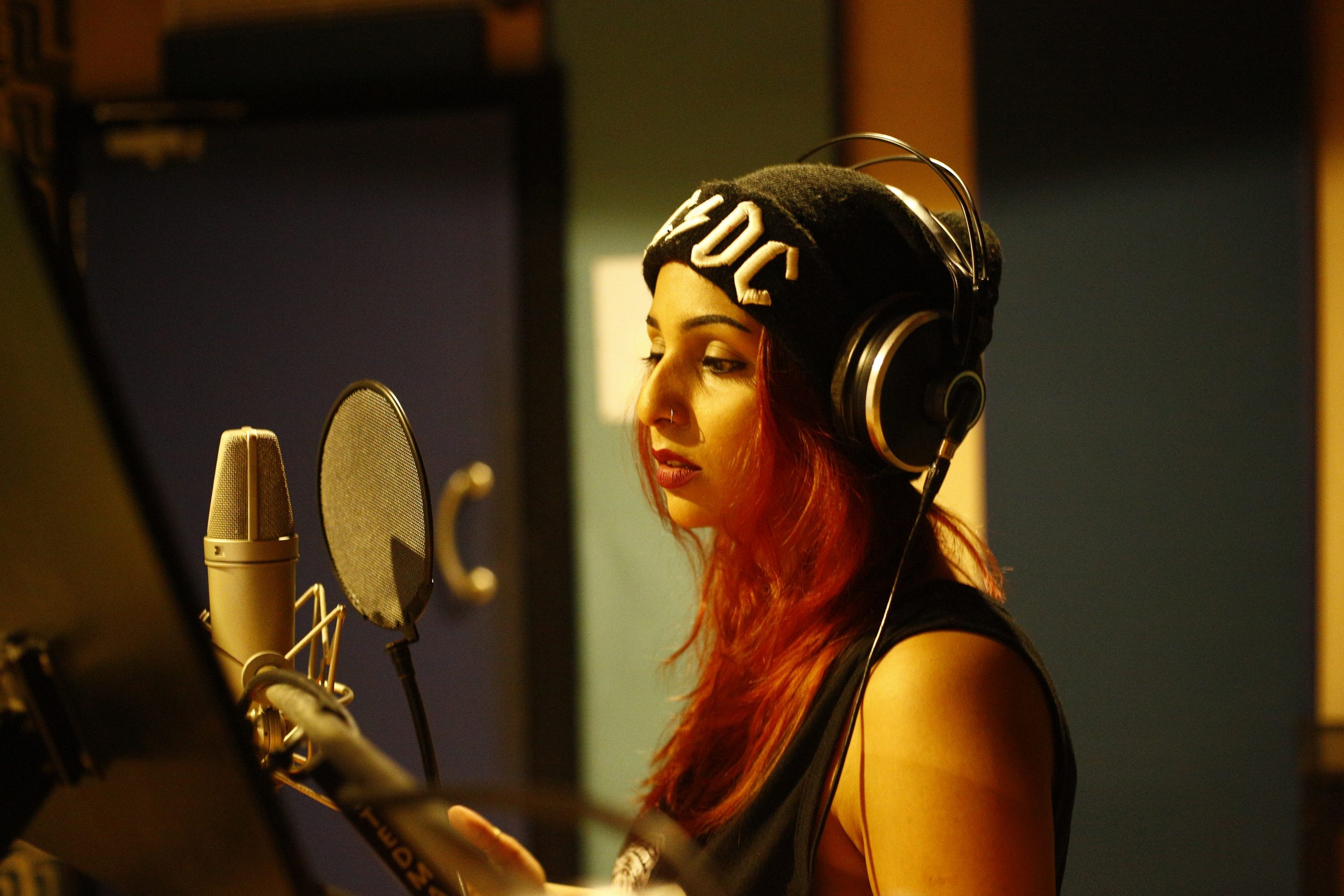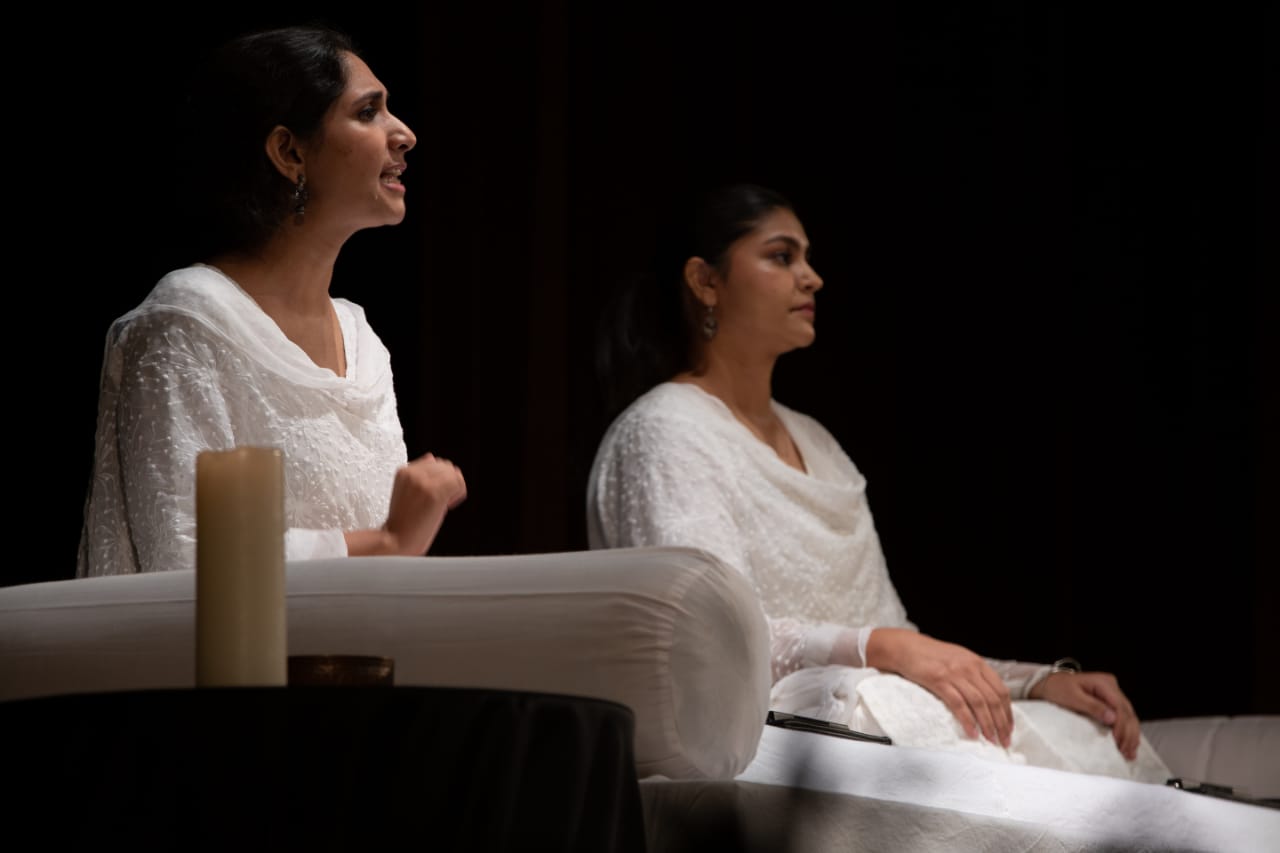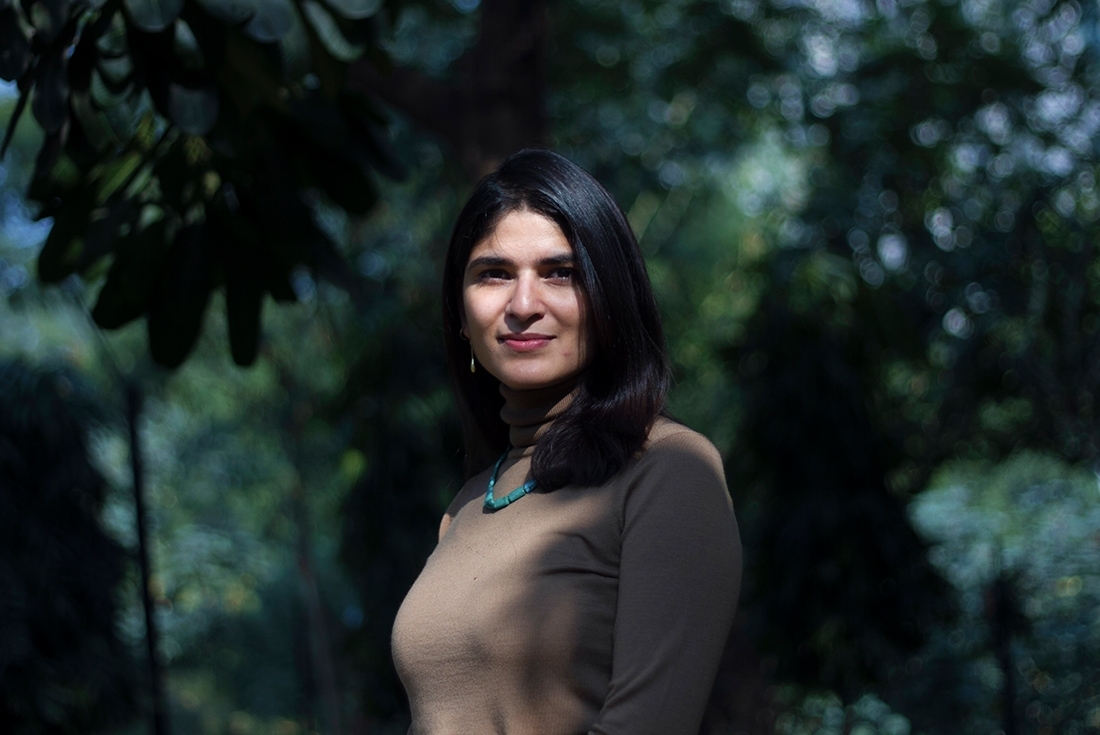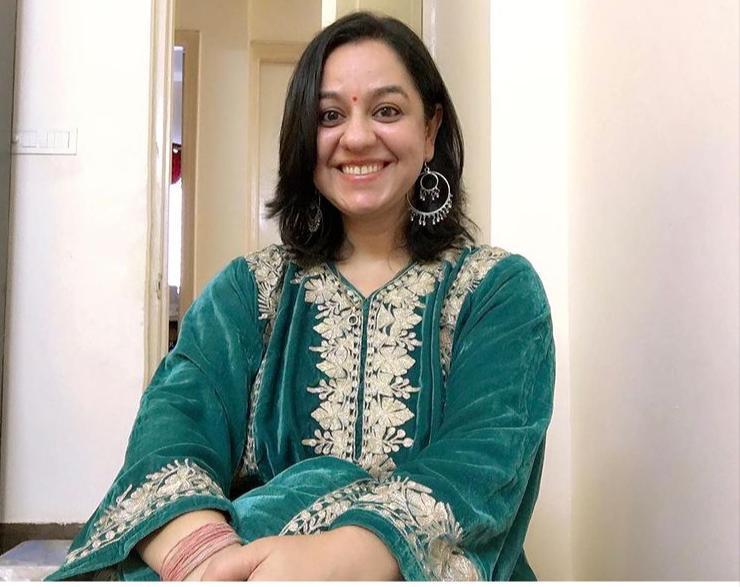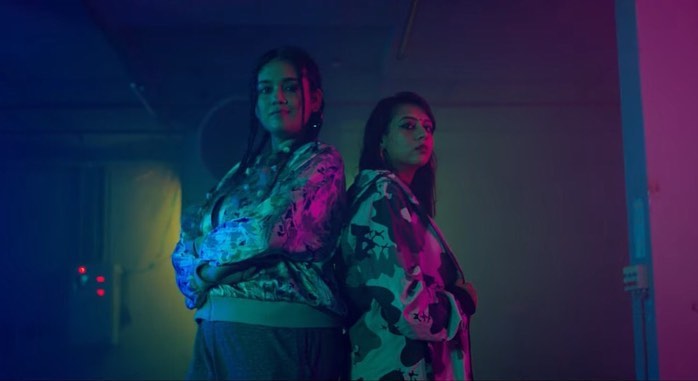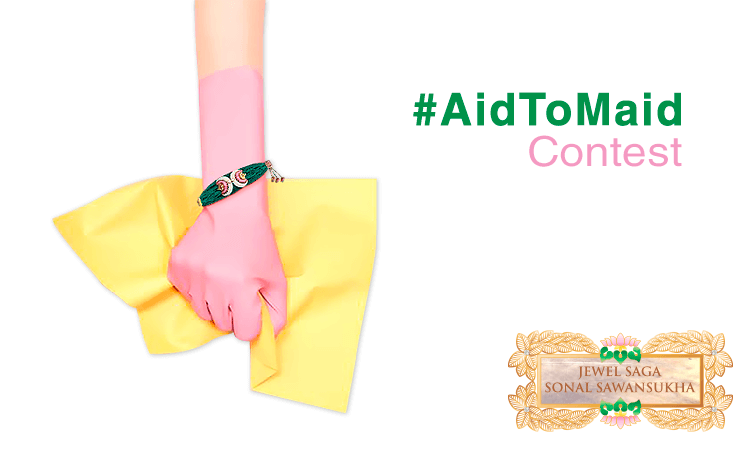Nirmala Govindarajan On Binding The Unexplored Shades Of Poverty And Power In “Hunger’s Daughters”
- IWB Post
- November 14, 2019

Naxalite-infested forests of Orissa, coloured not in the green of spring or the brown of autumn but in the crimson of fear for little girls who become mothers even before they attain puberty. Poverty so bleak that hunger becomes an ever pervading condition just like a festering wound that the surgeon has given up on. A world lost to urban oblivion, a world replete with stories of lost mothers and lost daughters and despite this all, a world of female resilience.
A journalist and a creator overlooking it all, Nirmala Govindarajan skillfully mixes the real with the fantastical in a magical realist world written with the kind of finesse that makes one believe in magic for a stretch of 298 pages straight.
Nirmala’s latest book Hunger’s Daughters is as full of hope as it is of desolation, for obvious reasons. She explains, “I am an optimist, I believe in happy endings.” But dig further and you will know that the writer here has a mission. “You build very dark and bleak circumstances and not give an idea about how it can be resolved then what’s the point of doing that? That’s exactly what I have attempted here.”
Hunger’s Daughters, in Nirmala’s own words, “binds the unexplored shades of poverty and power, with an underlying story of love.” Thus, we have the moving story of protagonist Susanthi Bodra, who is compelled to become a bread winner at 12 because her mother has gone missing and her father is presumed dead. Gowravva, on the other hand, has lost her daughter to sex trafficking.
Nainika Chandra, a journalist, “brings together the stories of young breadwinners from the forest hamlets of Jharkhand, Orissa and Karnataka,” much like how Nirmala has given us a sneak peak into a world that she got acquainted with while volunteering for a friend’s NGO.
She shares, “I have been an art and culture journalist but I volunteered for a friend’s NGO when I was still working at The Times of India and went to Orissa for the documentation of the lives of these girls.”
“I was just documenting, I wasn’t reporting on these issues,” she adds, which makes it safe to assume that the book comes more out of a passion and moral obligation than from professional ones.
However, documented as it might be, it is the touch of magic realism mixed with fiction that elevates the emotional quotient of the book, making it much more personal and natural than one might presume a book on the same subject to be.
Nirmala shares, “When the book reaches its crescendo, I have added magic realism and other elements to kind of round it up and pull it together, to give it an optimistic twist.”
“Fiction gives one a lot of freedom in dealing with the subject,” she says and well aware of the license she has indeed uses it well. The book and the way Nirmala talks about it remind me of Rushdie’s Midnight Children, not owing to its story matter, but because of the magic that both conjure for the reader. All of it is very much real but not really so and that’s where Nirmala wins as a story teller.
Explaining what went into the process of writing, she explains, “When I sat down to write, nothing was intentional. It was just a very stream of consciousness thing. For instance, there is this character called Nelli. Growing up, I had a friend whose mother had a little girl from the village and she would torture her. So to me that child was real and so I made a story out of her. When I went to one of Karnataka’s poorest regions I just placed her there although she wasn’t there.”
She adds, “Everything that I have written about her in the book is not true, just one of the incidents is true. Apart from that, I built on the character, I built on the story. As I was writing, everything evolved simultaneously and I placed myself in the context of a journalist in the story, we built a little romantic track in the story.”
Nirmala comes from an urban family and never really made it to a rural setting before volunteering for her friend’s NGO, an experience that transformed both her life and vision. She shares, “It is so admirable how people live in these places. It made me realise that all this time I had been living in the city I assumed that I had problems but my problems are nothing in comparison to what these girls face.”
The book has also been written out of pressing social concerns. “The government has made no interventions in these places, the industrialists are digging and plundering these places. The whole idea was to make people understand where we are placed and give people sort of an insight in the lives of these girls,” she says
The world of these little girls is one full of hopes and fears. Sharing how she met the protagonist, she says, “I met Susanthi, my protagonist, when I went to Orissa for the first time to document the lives of these girls. I met her in a hutment. Her mother had gone missing. She was so frightened, the first thing I wanted to do was to just grab her and hold her tight, I didn’t know what else to do. Then later I realized her mother had gone missing, her father wasn’t there either. Imagine her fear, when a stranger like me had gone to intrude on her sorrow.”
“She eased up after a while and showed us around. I built the story on that particular day but then I had the opportunity to go back there in early 2017. When I went back, my little Susanthi had grown up, she was maybe about 17 or 18 at that time and her mother had come back. Imagine, her mother had come back!”
However, it is the perseverance of these girls that keeps Nirmala awestruck. She shares, “Some of them want to study but they cannot study, access to school is another issue in those dangerous areas, and they become little mothers to their siblings. And they do it all with a smile on their faces. For me, while there was hopelessness, there also was extremely bravery and strength in these children. I want to say our real children are there.”
“As a writer and as a creator I believe that I should constantly learn to become a better person through my work as much as I want to inspire others at the same go,” she concludes.
First published on Feb 9, 2019.
- 0
- 0





